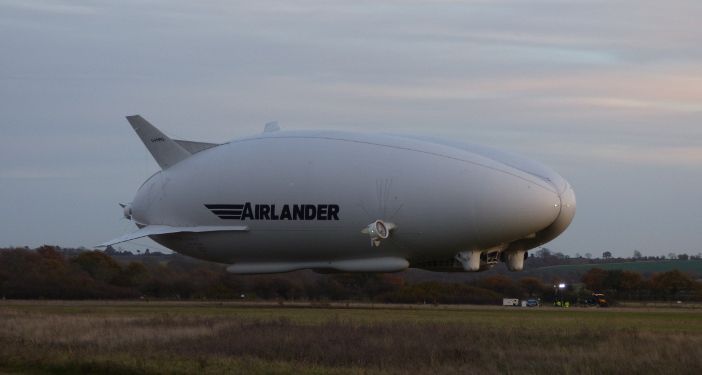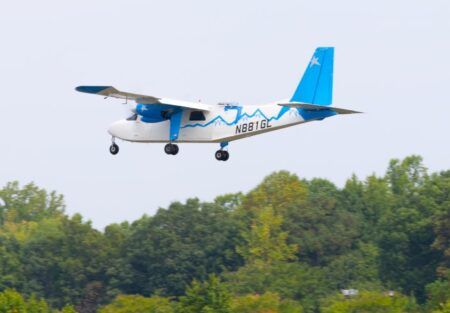The European Aviation Safety Agency has approved Hybrid Air Vehicles as a company capable of designing large aircraft, effectively giving the go-ahead to the UK-company to start flight testing airships for type certification.
While a prototype Airlander has flown before under specific European Aviation Safety Agency (EASA) permission, the Design Organisation Approval (DOA) recognizes Hybrid Air Vehicles’ (HAV) expertise in large aircraft design and enables the company to start type certification and then commercial operation of the airship.
Only eight other organizations hold an DOAs for type certifying large aircraft. A DOA demands companies have the “right organization, procedures, competencies and resources” to design aircraft.
Nikky Pittkin, safety and airworthiness engineer for HAV said, “We have worked hard to make sure that we were thoroughly prepared for every step of the DOA process. As a result, we have succeeded in securing our DOA.
“Now we are working with EASA to establish the certification basis for our aircraft so that we can work towards type certification of Airlander 10.”
HAV plans to have certified the production Airlander 10 aircraft and for it to be in service with customers during the early 2020s.
The 302 x 143ft (92 x 43.5m) helium-filled airship is part lighter-than-air blimp and part airplane. Its shape is designed to minimize fuel usage through the additional lift it gives the airship.
The Airlander 10’s top speed is 90mph (148km/h) and it is designed to stay aloft for up to two weeks. Payloads up to 10 metric tons are planned for the aircraft which, HAV claims, will be able to land anywhere.
Development of the Airlander started in 2007 and the design was originally produced for the US Air Force. The project has suffered several crashes, including a collapse of the Airship last year.
Nick Allman, executive director of HAV said, “Achieving our DOA was always an important milestone in our Airlander 10 production plan.
“Working directly with EASA, we have made excellent progress on developing the appropriate regulations for an aircraft like Airlander. Having our DOA will support our preparation for a type certification programme as we move ahead with the production aircraft.”





